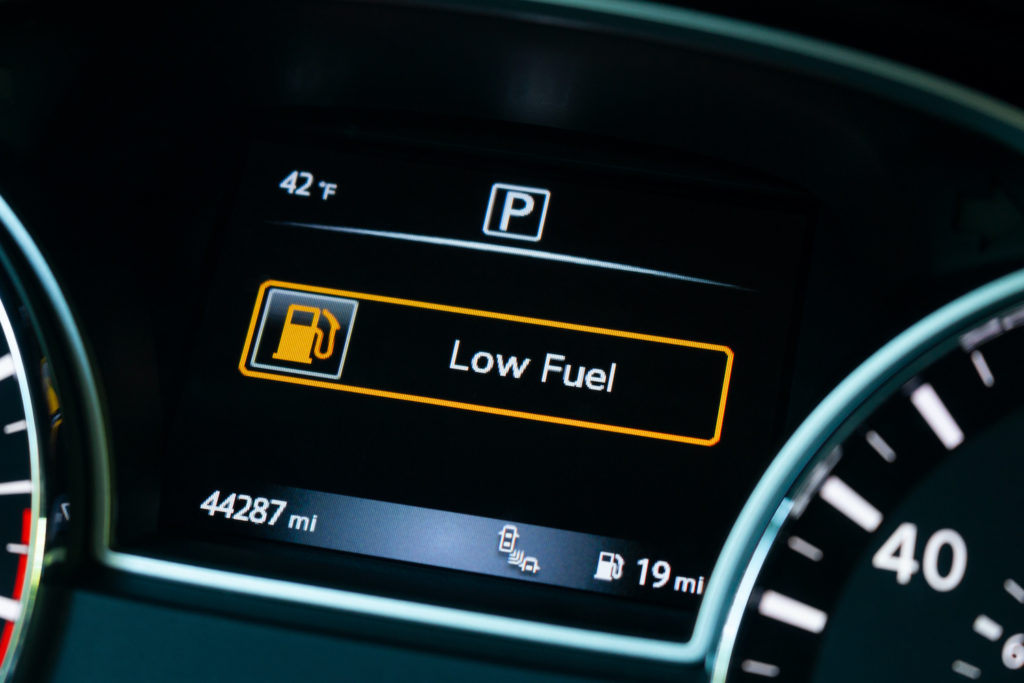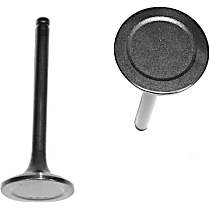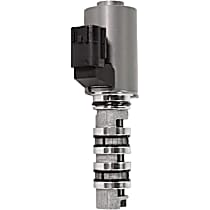P0078 is an engine trouble code related to a possible issue in the exhaust valve control solenoid circuit. Since these solenoids are crucial to the operation of your vehicle, any underlying issue must be addressed right away. Read on to learn more about this trouble code.
What Does the P0078 Code Mean?
Diagnostic trouble code (DTC) P0078 stands for “Exhaust Valve Control Solenoid Circuit Bank 1.” It is triggered once the powertrain control module (PCM) detects a possible issue in the exhaust valve control solenoid circuit located in Bank 1.
Bank 1 is the side of the engine where cylinder #1 is located. Specifically, it is triggered once the PCM perceives a voltage signal that’s either intermittent or out of the specified range.

In modern vehicles, the PCM regulates the open and close movement of the intake and/or exhaust valves through the variable valve timing (VVT) system. It does this task with the help of actuator(s) that are mounted at the end of the camshaft(s).
To successfully adjust the camshaft position, the PCM regulates engine oil to each actuator using a control solenoid. This solenoid is regulated by the PCM with the help of a pulse width modulated (PWM) signal.

Once your PCM detects that the voltage signal from the exhaust valve control solenoid circuit is either intermittent or out of the specified range, it will trigger the P0078 code.
What Does the Solenoid Do?
The ECM/PCM sends a “pulse width” signal to a simple two-wire oil control solenoid that delivers oil to an adjustable cam phaser which is spring loaded to its default position.
As oil pressure is applied, the relationship between the cam gear and the camshaft–the angle, as it were–changes so that the valves are operating with a different timing than default.
This was done on 1995 Ford Contours only on the exhaust camshaft to close the valves early, leaving some exhaust gas in the combustion chamber rather than recirculating it through an EGR valve, but the Contour used helical gears moving in a linear fashion to alter cam timing. However, an oil control solenoid was still the activating component.
Using a pulse width duty cycle means the ECM/PCM turns the solenoid on and off really fast to regulate the pressure it uses to adjust the cam timing on the fly. Some engines have both intake and exhaust camshafts operating this way. Read our technical discussion about camshaft angle and VVT for more information that can help you resolve P0078.
Note: The definition of code P0078 may be different depending on the vehicle manufacturer. Consult the appropriate repair manual or repair database for the exact code definition.

What are the Possible Causes of the P0078 Code?
- Circuit issues (e.g., corroded terminals, poor connection)
- Malfunctioning VVT solenoid
- Malfunctioning PCM or software in need of an update
What are the Common Symptoms of the P0078 Code?
- Check engine light is on
- Poor engine performance
- Decreased fuel economy

How to Diagnose the P0078 Code
Diagnosing a P0078 code isn’t an easy task. If you don’t have the proper tools and the automotive repair experience, it’s best to take your vehicle to the nearest repair shop for proper diagnosis and repair.
However, if you’re an experienced DIYer and you’re up for the challenge, we recommend consulting vehicle-specific repair manuals. These guides will help you identify the exact repair procedures that may work for your vehicle.
How to Fix the P0078 Code
There is no universal solution for trouble codes, including code P0078. Vehicles are made and programmed differently, so their repair and diagnostic procedures may vary. For instance, the repair procedures for a P0078 on a Nissan may not work for a P0078 on a Ford.
If you are determined to fix the issue yourself, you can consult vehicle-specific repair manuals or subscribe to an online database. Doing so will help you identify the exact fix that may work for your vehicle.
Where to Find a Replacement VVT Solenoid to Resolve DTC P0078
As mentioned previously, a malfunctioning VVT solenoid has the potential to cause a lot of problems, including DTC P0078. If you have a solenoid that isn’t functioning properly, it’s not a good idea to drive your vehicle until it’s replaced. Thankfully, getting a replacement is easy with CarParts.com.
We only offer solenoids that passed the highest quality control standards. They’re also carefully handpicked by our team of professionals to ensure they’re built to last. On top of that, all our products come with a low-price guarantee to help you get the best value for your money.
Our website makes it easy for car owners like you to find the right parts for your ride. After entering your car’s specifications into our vehicle selector, use the search filters to view the solenoids that match your preferred brand, price, and feature.
Browse our collection of high-quality solenoids now!
Products Mentioned in this Guide
Any information provided on this Website is for informational purposes only and is not intended to replace consultation with a professional mechanic. The accuracy and timeliness of the information may change from the time of publication.


 Exhaust Valve
Exhaust Valve
 Variable Timing Solenoid
Variable Timing Solenoid

















